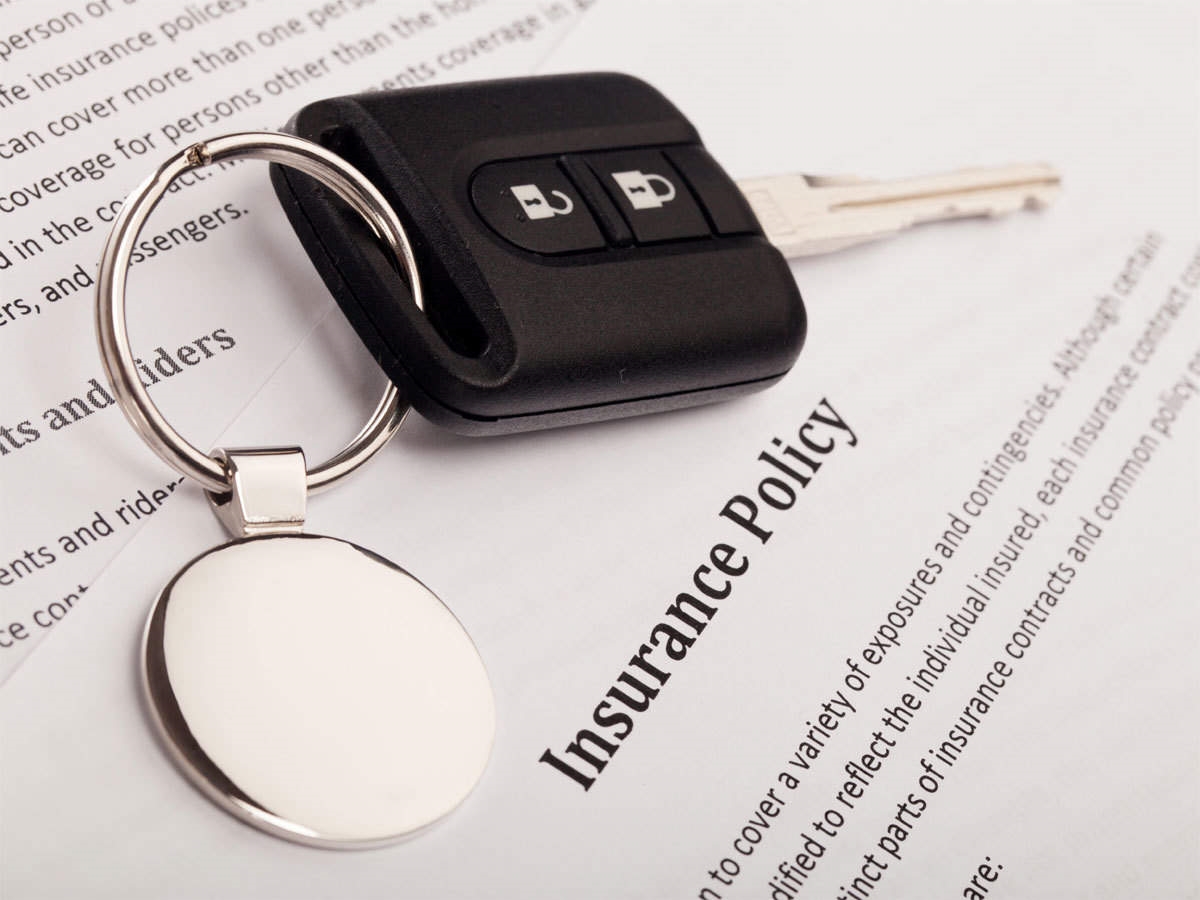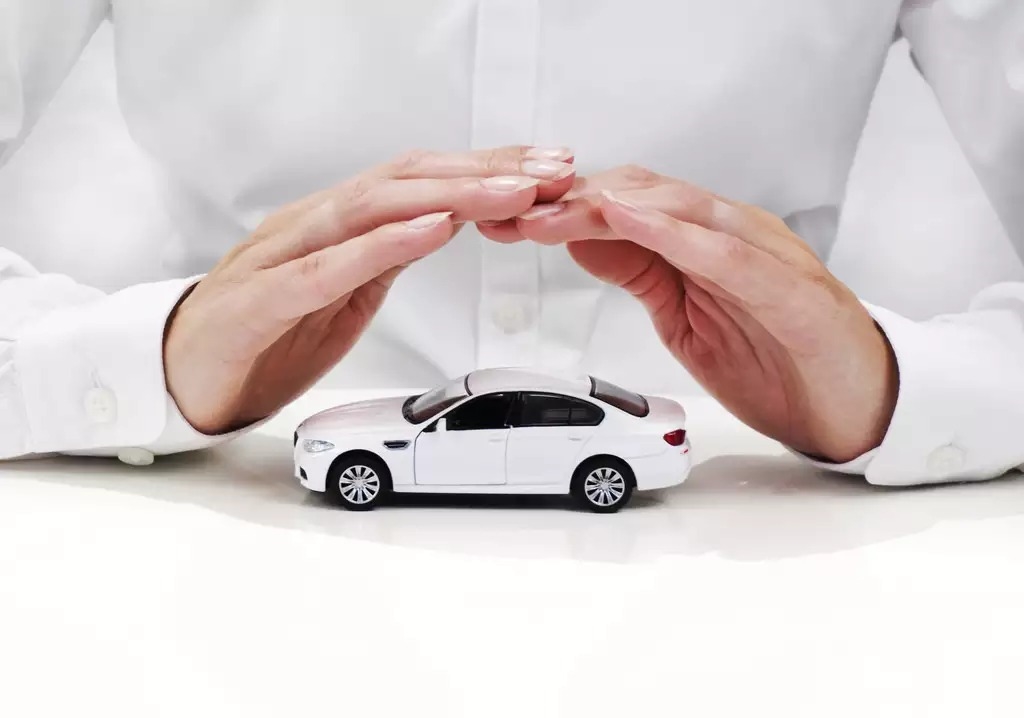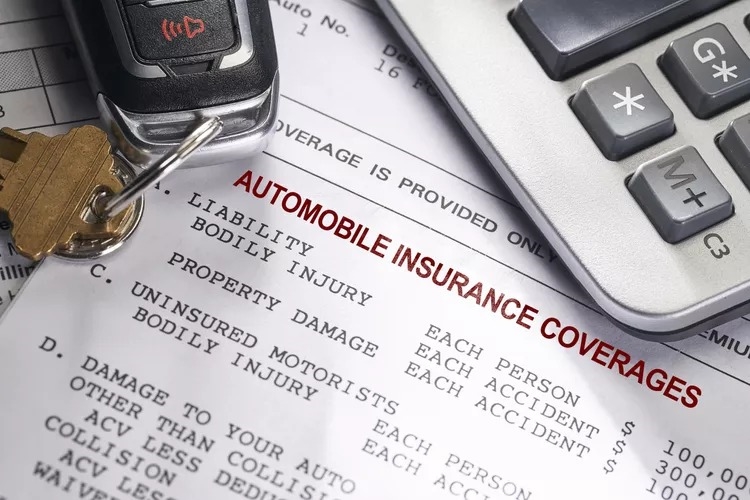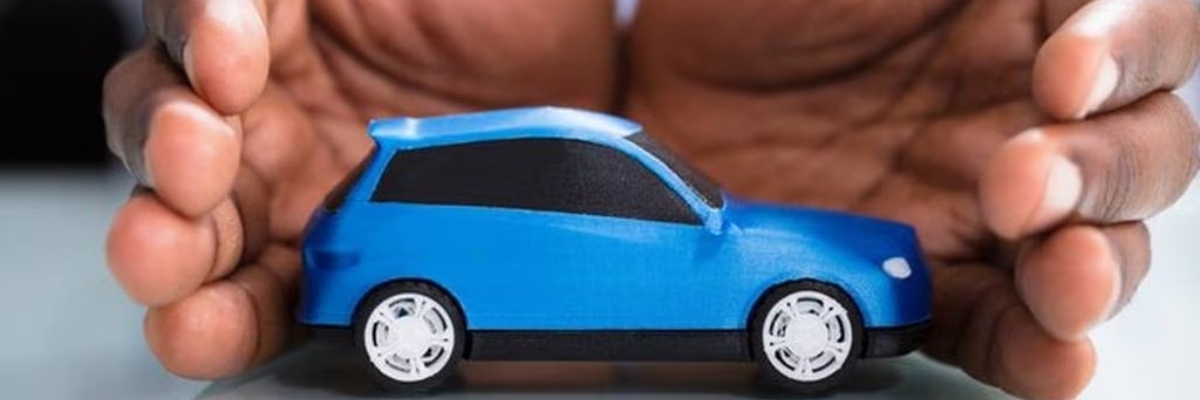First-Time Buyers: What are the Insurance Needs for My Car?
You probably already know that you can’t drive without car insurance. But what exactly does that mean? You don’t want to buy too little coverage and be underinsured, but you also don’t want to overspend on a policy. We’re here to help you figure out how much insurance you need for your car!
Key Takeaways
- Each U.S. State has its own laws concerning minimal coverage.
- You absolutely must meet your state’s minimal coverage, but it’s often better to upgrade your policy.
- If you’re at fault in an accident, your liability insurance will cover damages to the other party and their vehicle.
- Collision and comprehensive insurance is available to help you cover the damages to your car after an unexpected occurrence or accident, such as a flood or fire.
- Personal injury protection covers your and your passengers’ medical bills, no matter who is at fault.
- If someone else hits you but doesn’t have liability coverage, uninsured motorist coverage can help you recover your losses.

Insurance Laws Vary from State to State

You must meet the car insurance requirements in your own state. For example, in North Carolina, minimum coverage includes $30,000 in bodily injury (one person), $60,000 in bodily injury (two or more people), and $25,000 in property damage coverage, also known as 30/60/25 coverage.
However, state minimums tend to focus more on liability insurance, leaving you without coverage to repair your own car. Also, if your minimal insurance isn’t enough to cover damages, you can be sued for the rest. That’s why we recommend purchasing more than the minimum requirements.
Main Types of Car Insurance
Although there are many types of policies, we’re going to show you the most common options.
Liability Insurance
When you’re at fault in an accident, liability insurance covers the other driver’s (and their passengers’) injuries and property damage. If you’re sued, it can also cover any settlements, judgments, or legal defense fees.
Your liability coverage will include both bodily insurance liability and property damage liability. Bodily insurance covers injuries to anyone in the other car — or even pedestrians — if they were hurt in the accident you caused. And property damage liability covers damages to the other driver’s car or other property.
Often, your state’s minimum liability insurance requirements can be severely insufficient. For example, if you total someone’s $80,000 car, you’re in big trouble if you only have $25,000 of property damage liability insurance. Having at least $100,000 of liability coverage to cover property damage is a good idea. And having $250,000 of coverage is an even better idea.
The same goes for bodily injury liability. Rather than sticking to the minimum, it’s a better idea to go with the $100,000/$300,000 coverage. And it’s an even better idea to upgrade to the $250,000/$500,000 policy.
Collision and Comprehensive Insurance
This kind of insurance has you covered for repair bills when vehicle damages are caused by things like car theft, fires, floods, vandalism, falling objects, collisions with animals, and other accidents. A particular collision and comprehensive policy will list the events it covers and pay for damages to your vehicle (after a deductible) if they occur.
With collision and comprehensive insurance – typically packaged together – you can choose your deductible. A higher deductible means you pay less for the insurance policy. A lower deductible means you pay less for repairs before your policy covers the rest.
If you plan to lease your car, your leasing company may require you to sign up for this type of insurance.
Personal Injury Protection
To cover your (and your passengers’) medical bills, no matter who is at fault, this is the coverage for you. It can also repay any lost wages due to the injuries incurred during an accident. If you live in a no-fault state, this may be required coverage.
Uninsured Motorist Insurance
If someone else is at fault in your accident, but they don’t have liability insurance, uninsured motorist insurance can help you recover your losses. It’s not available in every state, but it’s good to have. This kind of policy can cover your medical expenses, any lost wages, or damages to your vehicle.
Usually, insurance companies want you to purchase the same amount of uninsured motorist insurance as liability insurance. So if you purchase a 250/500/100 liability policy, you’ll need the same amount of uninsured motorist coverage.

